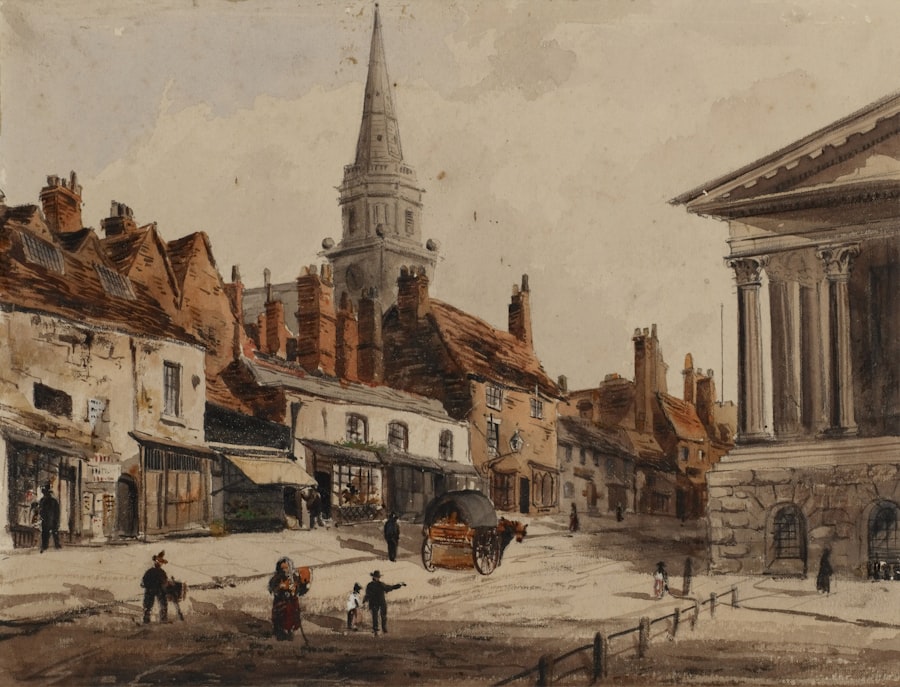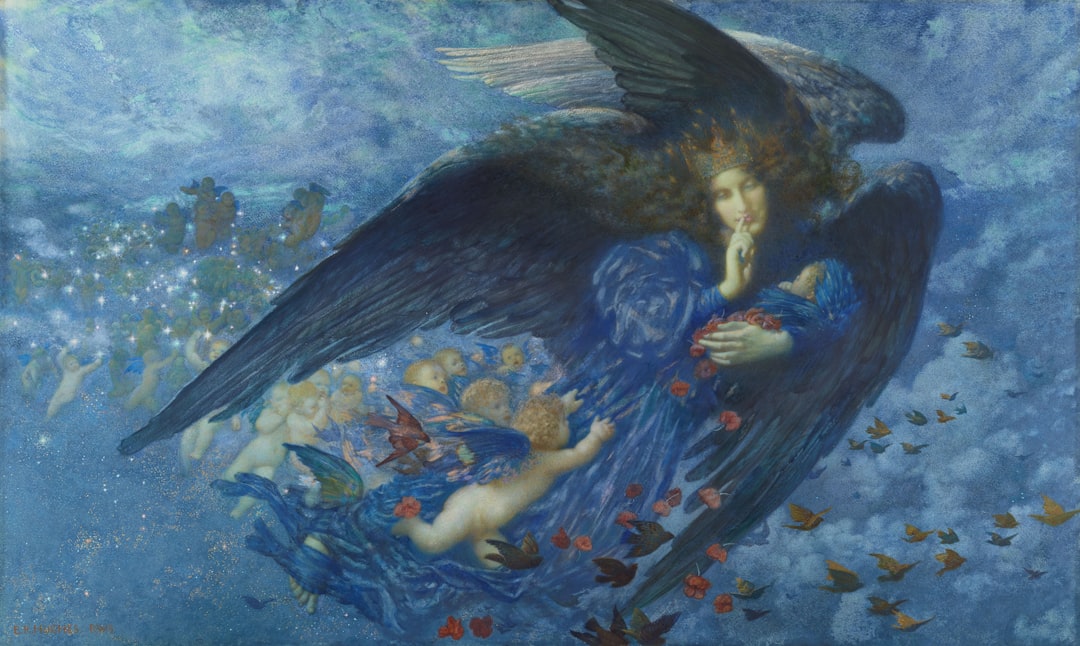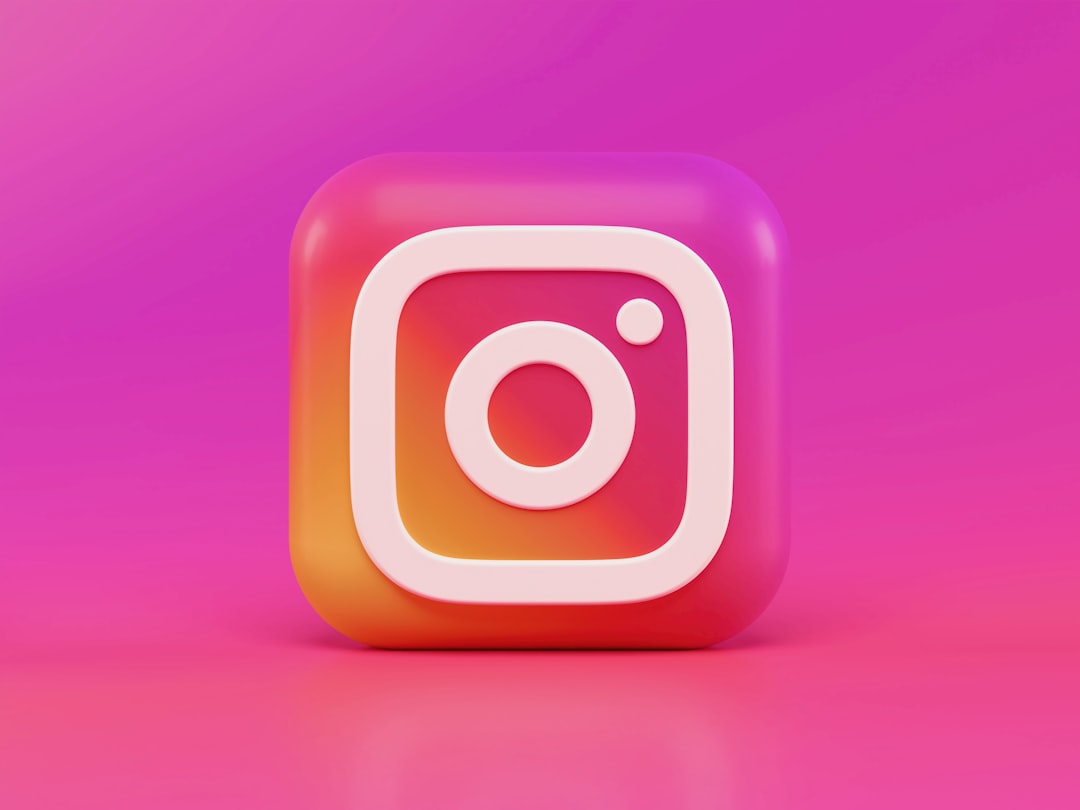As you delve into the world of AI-generated art, it’s essential to grasp what it truly entails. At its core, AI-generated art refers to artwork created with the assistance of artificial intelligence algorithms. These algorithms analyze vast datasets of existing art, learning patterns, styles, and techniques that they can then replicate or innovate upon.
This fusion of technology and creativity has opened up new avenues for artists and enthusiasts alike, allowing for the exploration of artistic expression in ways that were previously unimaginable. You might find it fascinating to consider how AI can produce unique pieces that challenge traditional notions of authorship and creativity. The debate surrounding the originality of AI-generated art is ongoing, as many question whether a machine can genuinely create or if it merely mimics human creativity.
Regardless of where you stand on this issue, one thing is clear: AI-generated art is reshaping the landscape of the art world, offering fresh perspectives and opportunities for both creators and consumers.
Key Takeaways
- AI-generated art is created using algorithms and machine learning to produce unique and innovative artworks.
- When choosing an AI art generation tool, consider factors such as ease of use, customization options, and compatibility with your artistic vision.
- Learning the basics of art and design is essential for understanding how to effectively customize and refine AI-generated art to suit your artistic style.
- Customizing and refining AI-generated art allows artists to add their personal touch and create truly original pieces.
- Setting up an online platform to sell AI art requires careful consideration of e-commerce platforms, pricing strategies, and marketing techniques to reach potential buyers.
Choosing the right AI art generation tool
When it comes to selecting an AI art generation tool, you have a plethora of options at your disposal. Each tool comes with its own set of features, capabilities, and user interfaces, making it crucial for you to identify what aligns best with your artistic vision and technical skills. Some tools are designed for beginners, offering user-friendly interfaces and pre-set styles, while others cater to more advanced users who wish to customize their creations extensively.
As you explore these tools, consider what type of art you want to create. Are you interested in generating abstract pieces, realistic portraits, or perhaps something entirely avant-garde?
By experimenting with various platforms, you can discover which one resonates with your creative process and allows you to bring your ideas to life effectively.
Learning the basics of art and design

Even though AI can generate stunning visuals, having a foundational understanding of art and design principles can significantly enhance your ability to create compelling pieces. Familiarizing yourself with concepts such as color theory, composition, and balance will empower you to make informed decisions when customizing your AI-generated art. This knowledge will not only improve your artistic output but also help you communicate your vision more effectively when collaborating with AI tools.
Moreover, studying the works of renowned artists and understanding different art movements can inspire your creative journey. By analyzing how artists use elements like line, shape, and texture, you can develop a keen eye for detail that will elevate your work. Engaging with online courses or local workshops can provide you with valuable insights and techniques that will complement your use of AI in art creation.
Customizing and refining AI-generated art
Once you’ve generated a piece using an AI tool, the real fun begins: customization and refinement. While AI can produce impressive results, adding your personal touch is what transforms a good piece into a great one. You can manipulate various aspects of the artwork, such as color palettes, textures, and forms, to align the final product with your artistic vision.
This process allows you to infuse your personality into the work while still leveraging the capabilities of artificial intelligence. Additionally, consider using traditional art techniques to enhance your AI-generated pieces further. For instance, you might print out a digital creation and apply hand-painted elements or mixed media techniques to create a hybrid artwork that showcases both digital and traditional artistry.
This approach not only adds depth to your work but also creates a unique narrative that reflects your journey as an artist navigating the intersection of technology and creativity.
Setting up an online platform to sell AI art
With your collection of AI-generated art taking shape, it’s time to consider how to share it with the world. Establishing an online platform is a crucial step in reaching potential buyers and building your brand as an artist. You can choose from various options such as personal websites, online marketplaces like Etsy or Saatchi Art, or even social media platforms that cater to visual content like Instagram or Pinterest.
When setting up your online presence, focus on creating an engaging portfolio that showcases your best work. High-quality images are essential; they should capture the details and vibrancy of your pieces. Additionally, consider writing compelling descriptions for each artwork that convey your inspiration and creative process.
This narrative not only connects potential buyers to your work but also enhances their appreciation for the artistry behind it.
Marketing and promoting AI-generated art

Once your online platform is established, effective marketing becomes paramount in attracting attention to your AI-generated art. Utilize social media channels to share your creations regularly; platforms like Instagram are particularly well-suited for visual content. Engage with followers by sharing behind-the-scenes glimpses into your creative process or hosting live sessions where you demonstrate how you use AI tools to generate art.
Collaborating with other artists or influencers in the digital art space can also amplify your reach. Consider participating in online exhibitions or contests that focus on AI-generated art; these opportunities can help you gain visibility within niche communities. Additionally, leveraging email marketing by building a subscriber list allows you to keep interested parties updated on new releases or upcoming events related to your work.
Managing sales and customer relations
As sales begin to roll in, managing customer relations becomes a vital aspect of your artistic journey. Providing excellent customer service not only fosters loyalty but also encourages word-of-mouth referrals that can significantly boost your visibility. Ensure that you respond promptly to inquiries and maintain open lines of communication with buyers throughout the purchasing process.
Consider implementing a straightforward return policy and providing clear information about shipping times and costs. Transparency builds trust with customers and enhances their overall experience when purchasing your art. Additionally, after a sale is completed, follow up with buyers to thank them for their purchase and encourage them to share their experience on social media or leave reviews on your platform.
Staying updated with AI art trends and technology
The world of AI-generated art is ever-evolving, making it essential for you to stay informed about the latest trends and technological advancements. Regularly engaging with online communities dedicated to AI art can provide valuable insights into emerging tools and techniques that could enhance your creative process. Websites like Reddit or specialized forums often feature discussions about new software releases or innovative approaches within the field.
Moreover, attending workshops or conferences focused on digital art and technology can offer opportunities for networking and learning from industry leaders. By remaining proactive in seeking out new information and resources, you position yourself at the forefront of this dynamic field, ensuring that your work continues to resonate with audiences while pushing the boundaries of what is possible in AI-generated art.
FAQs
What is AI-generated art?
AI-generated art refers to artwork that is created with the assistance of artificial intelligence. This can include various forms of art such as paintings, music, poetry, and more, where the AI system plays a significant role in the creative process.
How is AI used to create art?
AI is used to create art through a process known as generative adversarial networks (GANs), where two neural networks compete with each other to generate new content. One network generates the art, while the other evaluates and provides feedback, leading to the refinement of the artwork.
Can AI-generated art be sold online?
Yes, AI-generated art can be sold online through various platforms such as art marketplaces, digital art galleries, and NFT (non-fungible token) marketplaces. Artists can also create their own websites or use social media to sell their AI-generated art.
What are the legal considerations for selling AI-generated art?
Legal considerations for selling AI-generated art include copyright issues, ownership of the artwork, and the use of AI algorithms. It is important for artists to understand the legal implications and seek legal advice if necessary to ensure they have the rights to sell the AI-generated art.
How can artists market their AI-generated art online?
Artists can market their AI-generated art online through social media platforms, art communities, digital art marketplaces, and by leveraging NFT technology. Building a strong online presence, engaging with the art community, and showcasing the unique process of creating AI-generated art can also help in marketing efforts.




